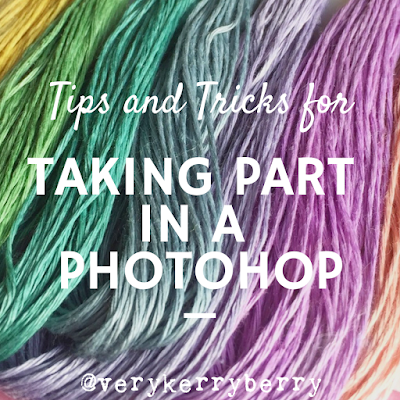I've been sent a roll of Patterntrace Swedish Tracing Paper to review. It's actually something I've used for years when tracing clothing patterns! I used to buy it from various obscure online sellers who knew it's secret powers and I think it was shipped from Canada then. At times, supplies were hard to find and deliveries could be delayed for months. In 2014, Clare devised a business idea having watched Sewing Bee and heard about the wonders of Swedish Paper and managed to find a UK manufacturer, she's been selling it ever since. So, I thought I'd share with you what it is and why I like to use it, plus there's a discount code coming up...
Patterntrace is a lightweight translucent tracing paper that is ideal for tracing garment patterns. Swedish paper doesn't really feel like paper- it's much softer and more forgiving to handle, it even has a little drape to it! Instead, it feels similar to a very fine, nonwoven interfacing but much smoother and although it is thin, it's got some resistance to tearing. I've traced many of my favourite tried-and-tested patterns with it and they have stood the test of time. It has a wide width at 1m so there's no need to tape sheets of paper together and I save the offcuts for tracing smaller pattern pieces like pockets and facings. I like to use a soft pencil when I'm tracing, preferably a Sewline Ceramic pencil as it glides over the surface and can also be erased if I trace the wrong line or notch! You can see my other tracing tools- a quilt ruler (whichever I grab first), and pattern weights (the mini irons).
So why trace in the first place? I don't trace every pattern, but when I make a garment with bodice pieces, I know that usually needs several alterations and by tracing, I'll retain the original pattern as a reference if I mess anything up! I also use it if I'm making a garment in more than one size, e.g. one for me and one for my daughter. At other times, I trace particular elements, especially sleeves so I can have a short, mid-length and long variations. I've tried greaseproof paper, dot and cross paper and brown paper and they can be awkward to handle as well, hard to see through, as well as creasing and folding when I don't want them too and generally irritate me when I'm using them in large pieces. Because Patterntrace is soft, the pattern pieces can be pinned and draped on the body so I can get an early idea on fit. The softness is also more forgiving when working in a small space as it will gently crumple rather than tear and easily flattens. I sometimes iron swedish paper pattern pieces I've used before that have been stuffed in ziploc folders and the storage creases come out easily. It takes up less room up than standard paper when the pattern pieces are folded up.
I also trace when I want to experiment with an alteration. In the example below, I'm tracing The Assembly Line Apron dress which I'm going to lengthen by 2 inches using a slash and spread method. I want to keep the original pattern intact so I can still make a shorter summer version. I trace the front dress and back skirt and add a horizontal line to each, the same distance up from the hem. This is then cut and pulled apart so there's a 2" parallel back between the two pieces. This is a rare occasion when I'm quite happy to use fabric scissors or paper scissors as I don't find Swedish Paper blunts the blades, it cuts easily too! I use an invisible tape (like Scotch Magic Tape) when I'm altering pattern pieces. It lies very flat and it can be drawn on (although avoid the iron!).
Ultimately for me, Patterntrace makes tracing a more pleasurable experience. The resulting pattern pieces are easier to handle, I can try the pattern pieces on and it takes pins much more easily than standard paper - what's not to like?
You can get a 10% 0ff all orders including Patterntrace with the code VerykerryPattern Trace is available as a 10m roll (1m width), or you can try a mini sample piece.
Check my Instagram @verykerryberry for a Patterntrace giveaway...
























































